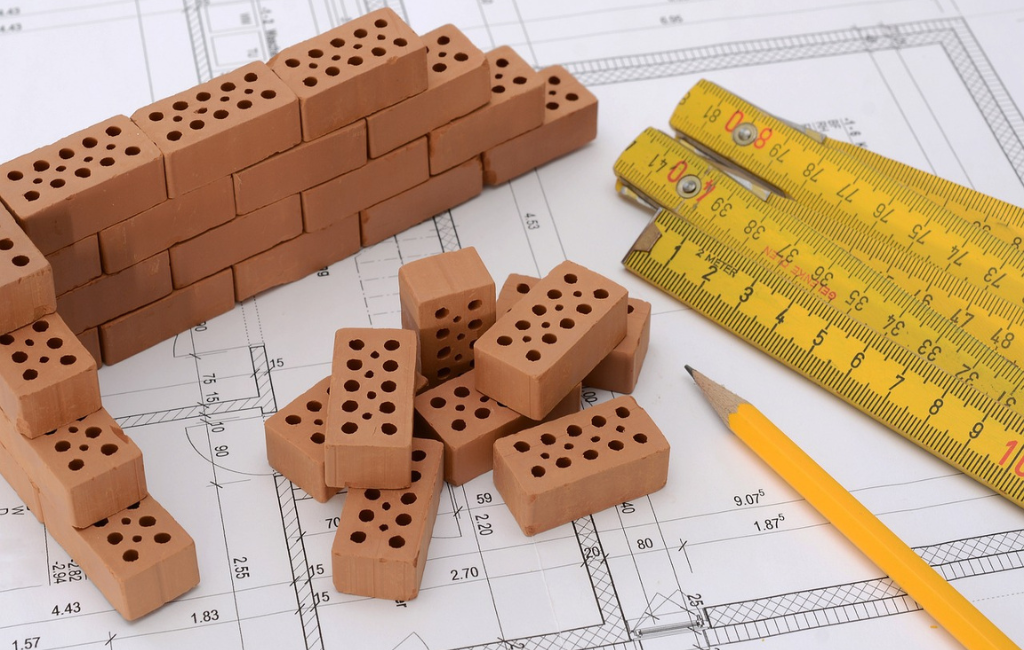
Top Architect Insights and Trends
Architecture is a dynamic field that continuously evolves, reflecting changes in technology, society, and the environment. As we move further into the 21st century, architects are embracing new trends and insights that are shaping the future of design. This article explores some of the most significant trends and insights from leading architects around the world.
Embracing Sustainability
Sustainability has become a cornerstone of modern architecture. Architects are increasingly focused on creating buildings that minimize environmental impact and promote energy efficiency. This trend is driven by the growing awareness of climate change and the need for sustainable development.
- Use of renewable materials: Architects are opting for materials like bamboo, recycled steel, and reclaimed wood.
- Energy-efficient designs: Incorporating solar panels, green roofs, and natural ventilation systems.
- Water conservation: Implementing rainwater harvesting and greywater recycling systems.
One notable example is the Bosco Verticale in Milan, Italy. This pair of residential towers is covered with over 900 trees and 5,000 shrubs, providing a green oasis in an urban setting. The project demonstrates how architecture can contribute to biodiversity and improve air quality.
Integration of Technology
Technology is revolutionizing the way architects design and construct buildings. From 3D printing to virtual reality, these advancements are enabling more innovative and efficient design processes.
- 3D printing: Allows for the creation of complex structures with precision and reduced waste.
- Virtual reality: Provides immersive experiences for clients to visualize projects before construction.
- Building Information Modeling (BIM): Enhances collaboration and streamlines project management.
The MX3D Bridge in Amsterdam is a prime example of technology in architecture. This 3D-printed steel bridge showcases the potential of additive manufacturing in creating complex and durable structures.
Focus on Health and Well-being
Architects are increasingly prioritizing the health and well-being of building occupants. This trend is reflected in the design of spaces that promote physical and mental health.
- Biophilic design: Incorporating natural elements to enhance mood and productivity.
- Flexible spaces: Designing adaptable environments that cater to diverse needs.
- Improved air quality: Utilizing advanced HVAC systems and air-purifying plants.
The WELL Building Standard is a certification that focuses on the health and well-being of occupants. Projects like the Delos Headquarters in New York City have achieved this certification by integrating features that promote wellness.
Urban Regeneration
As cities continue to grow, architects are playing a key role in urban regeneration. This involves revitalizing neglected areas and creating vibrant communities.
- Mixed-use developments: Combining residential, commercial, and recreational spaces.
- Public spaces: Designing parks and plazas that encourage social interaction.
- Adaptive reuse: Transforming old buildings into new functional spaces.
The High Line in New York City is a successful urban regeneration project. This elevated linear park was built on a disused railway line, transforming it into a popular public space that attracts millions of visitors each year.
Resilience and Adaptability
With the increasing frequency of natural disasters, architects are focusing on designing resilient and adaptable structures. These buildings are designed to withstand extreme weather conditions and adapt to changing environments.
- Flood-resistant designs: Elevating structures and using water-resistant materials.
- Earthquake-proof buildings: Implementing seismic design principles and technologies.
- Climate-responsive architecture: Designing buildings that adapt to local climate conditions.
The Baca Architects’ Floating House in the UK is an example of resilience in architecture. This amphibious house can float on rising floodwaters, providing a safe and sustainable living solution in flood-prone areas.
Conclusion
The field of architecture is undergoing significant transformations, driven by the need for sustainability, technological advancements, and a focus on health and well-being. Architects are embracing these trends to create innovative and resilient designs that meet the challenges of the modern world. By integrating these insights, architects are not only shaping the built environment but also contributing to a more sustainable and equitable future.